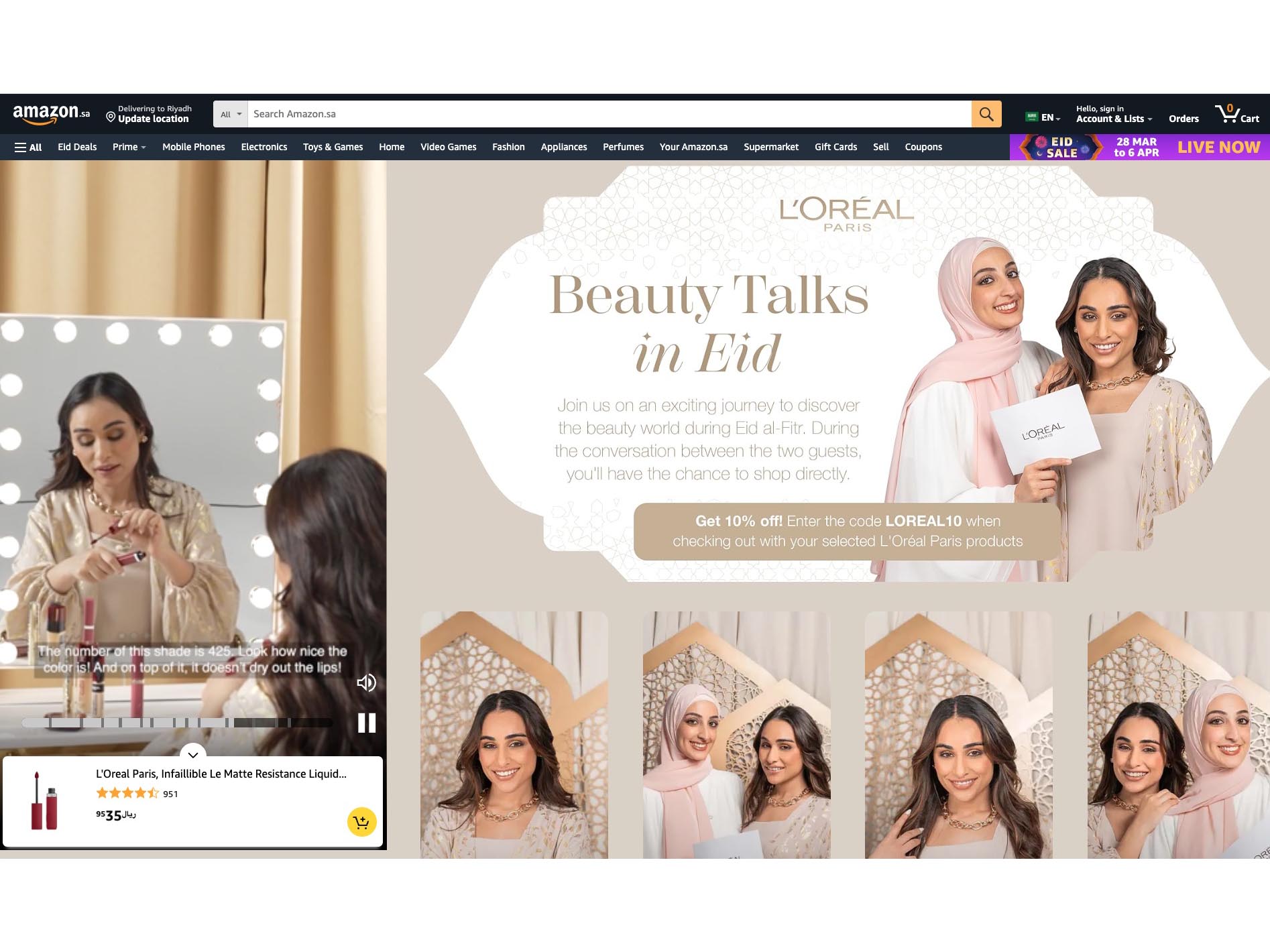Struggling to get your brand noticed in a crowded market? The key lies in understanding the cultural nuances and preferences of your audience. The Middle East and North Africa (MENA) region is a tapestry of diverse cultures, languages, and traditions. To effectively reach and engage with consumers in this region, marketers must tailor their content to reflect these unique characteristics. This blog will guide you through the essential steps for creating effective localized marketing strategies for the MENA region, ensuring your campaigns are both culturally sensitive and impactful.
1. Understanding Cultural Nuances
MENA countries are rich in cultural heritage and traditions, which significantly influence consumer behavior and preferences. Recognizing these cultural nuances is crucial for creating content that resonates.
Key Considerations
-
Religious Sensitivity: Respect religious practices, holidays, and values. For example, during Ramadan, focus on themes of family, community, and charity.
-
Language Variations: Arabic is the dominant language, but dialects vary across countries. Use local dialects and ensure accurate translations.
-
Visual and Symbolic Elements: Colors, symbols, and imagery carry different meanings. For instance, green is often associated with Islam and prosperity.
Examples:
- Advertising During Ramadan: Coca-Cola’s Ramadan campaign often includes themes of family reunions and sharing meals, resonating with the cultural and religious sentiments of the audience.
- Language Adaptation: McDonald’s uses different Arabic dialects in their advertisements for various MENA countries, ensuring the message feels personal and local.
2. Segmenting Your Audience
Effective marketing in the MENA region requires understanding the diverse demographics within each country. Segment your audience to create more targeted and relevant content.
Segmentation Strategies
-
Geographic Segmentation: Different regions within MENA have distinct cultures and consumer behaviors. Tailor your content to address these differences.
-
Demographic Segmentation: Consider age, gender, income, and education level. For example, youth in urban areas may prefer digital content, while older generations might favor traditional media.
-
Psychographic Segmentation: Understand the values, attitudes, and lifestyles of your audience. This can help in creating content that aligns with their interests and beliefs.
Examples:
- Youth-Focused Campaigns: Nike’s “You Can’t Stop Us” campaign used dynamic video ads targeted at young, urban consumers, leveraging social media platforms popular among this demographic.
- Luxury Market Segmentation: Brands like Louis Vuitton tailor their marketing strategies to affluent customers in the UAE, using exclusive events and personalized communication.
3. Creating Culturally Relevant Content
Content that resonates with local audiences will increase engagement and brand loyalty. Here’s how to ensure your content is culturally relevant.
Tips for Culturally Relevant Content
-
Local Stories and Testimonials: Use local influencers and success stories to build credibility and trust. Check out our blog on Top 7 Influencer Categories in MENA You Need to Know for more insights.
-
Localized Visuals: Incorporate local landscapes, traditional attire, and familiar settings in your visuals.
-
Adapt Messaging: Customize your brand messages to reflect local idioms, humor, and references.
Examples:
- Influencer Marketing: Beauty brands like L'Oréal collaborate with popular MENA influencers to demonstrate product use, increasing relatability and trust.
- Cultural Imagery: Starbucks' localized campaigns often feature local landmarks and cultural elements, making their content more relatable.

4. Leveraging Local Channels and Media
Choosing the right channels to distribute your content is as important as the content itself. Understanding media consumption habits in the MENA region is key to successful marketing.
Effective Channels
-
Social Media: Platforms like Facebook, Instagram, and Snapchat are widely used across MENA. Tailor your content to each platform’s strengths and audience preferences.
-
Traditional Media: Don’t underestimate the power of TV, radio, and print. These mediums still hold significant influence, especially in countries with lower internet penetration. For more, read our blog on Traditional Media’s Not Dead: How to Target Offline Audiences in MENA.
-
Podcasts: There’s a growing trend of podcast listeners in MENA. Engage with this audience by creating or sponsoring podcasts. Explore more in our blog, How Has MENA Become a Hotspot for Podcast Listeners?.
Conclusion
Localized marketing in the MENA region requires a deep understanding of cultural nuances, audience segmentation, and effective content creation. By respecting cultural differences and leveraging appropriate channels, your brand can create impactful marketing campaigns that resonate with diverse audiences across MENA. Remember to stay updated on local trends and continuously adapt your strategies for the best results.
For more insights on dynamic marketing strategies in the MENA region, check out our blog on The Role of Dynamic Video Ads in Captivating Gen Z in the MENA Region. By staying informed and adaptable, your brand can thrive in this vibrant and diverse market.



